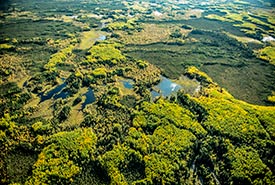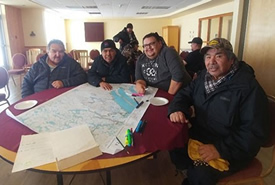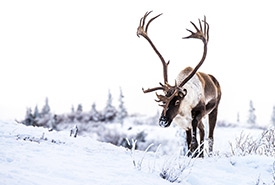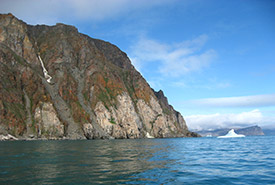Conservation in boreal and Arctic Canada
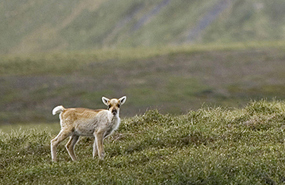
The boreal and Arctic regions support wide-ranging mammals like caribou, wolf, marten and lynx. (Photo by Parks Canada)
The way that the Nature Conservancy of Canada (NCC) works toward protecting and caring for the land in Canada’s boreal and Arctic regions is different from the work we do in southern Canada.
Together, boreal and Arctic regions cover more than 80 per cent of Canada’s land and encompass 85 per cent of its marine coastline. Despite increasing development pressures, northern ecosystems remain largely unaffected by past industrial development, offering unprecedented opportunities for proactive conservation. These vast regions contain some of the last remaining free-flowing rivers. Expanses of forests and peatlands store enormous amounts of carbon helping to buffer the impacts of climate change. These regions support wide-ranging mammals like caribou, wolf, marten and lynx, which have been lost from many places where they used to live. Hundreds of species of birds depend on the boreal to breed. The Canadian Arctic supports globally significant populations of marine birds, polar bear and narwhal.
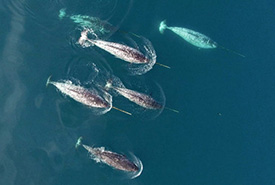
Tallurutiup Imanga in the high arctic is home to globally significant populations of narwhal (Photo by Oceans North)
Across the boreal and Arctic regions, few lands are privately owned. Instead, management of lands and waters are the shared responsibility of governments (Indigenous, federal, provincial, territorial and municipal), corporations (who may control rights to natural resources in the mining, energy and forestry sectors), Indigenous communities whose traditional territories span these landscapes, and other northern residents.
NCC recognizes that effective conservation in Canada’s boreal and Arctic regions can only be achieved through broad collaborative efforts and new, creative solutions.
The North and NCC
NCC supports the leadership of our conservation partners and collaborators by sharing our skills and expertise in the following areas:
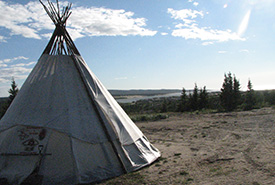
Michuap (teepee) along the bank of La Grande River in the Cree community of Chisasibi (Photo by Chantal Otter-Tetreault)
- technical support for protected areas and land-use planning to help identify and map lands and waters of high conservation value to our partners;
- securement and relinquishment of resource rights and interests to facilitate the establishment of new protected and conserved areas that partners want to see created; and
- management and stewardship planning and programs for conservation areas to maintain or enhance important features or values and empower local communities to lead stewardship on their conservation lands.
Examples of boreal and Arctic conservation projects NCC has supported
- Cree Regional Conservation Strategy
- Labrador Nature Atlas and Conservation Blueprint
- Birch River Wildland Park
- Tallurutiup Imanga National Marine Conservation Area
- Nan Thok Natr’iniin’aii (Vuntut National Park) and Van Tat K’atr’anahtii (Old Crow Flats Special Management Area)
NCC also aims to share information on conservation needs and accomplishments in the boreal. Click here to access an interactive Story Map showcasing several boreal birds, produced in collaboration with Birds Canada.
For more information on any of these projects or to discuss potential partnership opportunities with NCC, please contact north@natureconservancy.ca.
To donate to NCC’s northern conservation program or projects, please click here!


